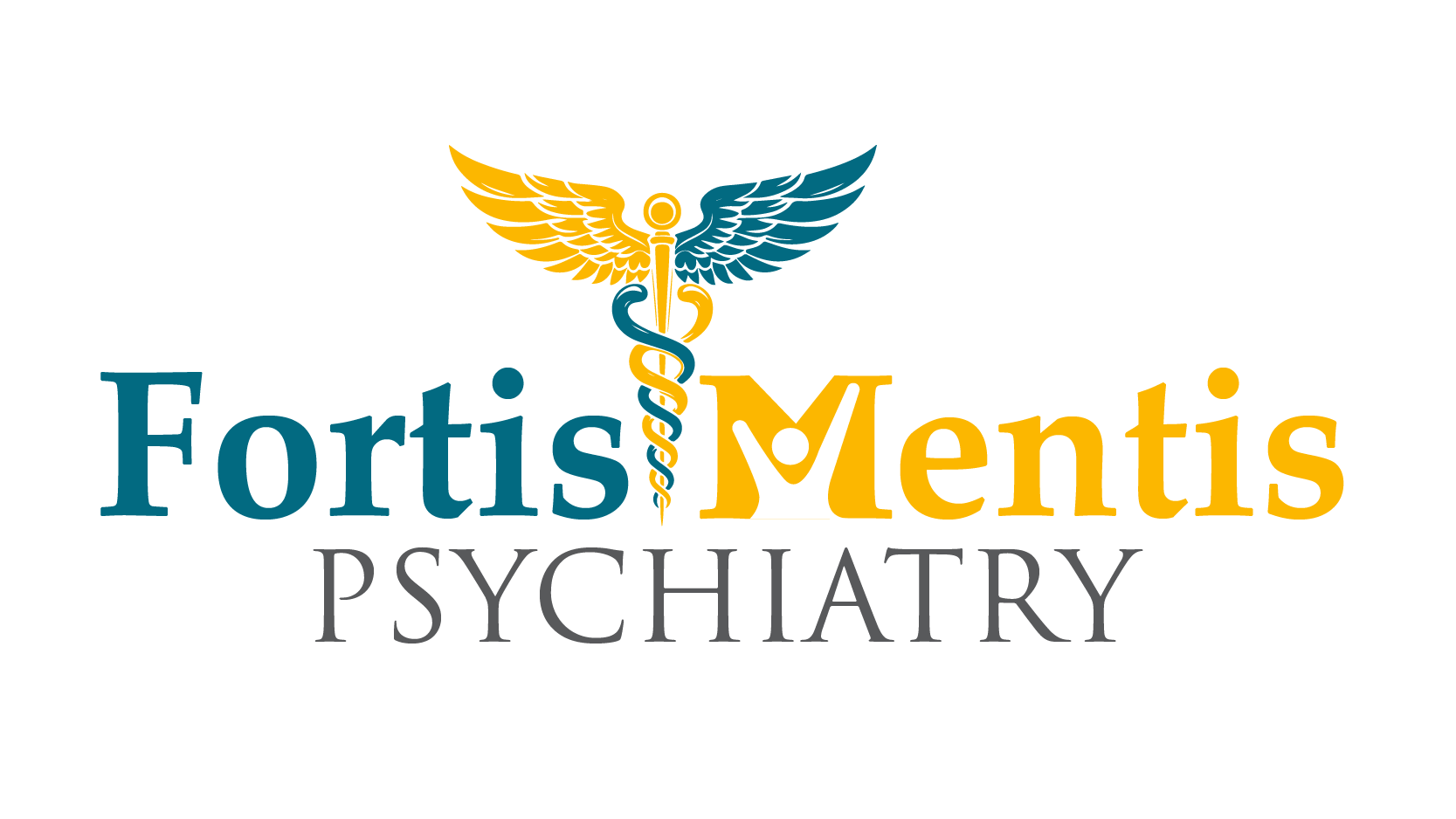The way we access mental health treatments has been transformed by teletherapy, and although they both have their own advantages, the decision between them is based on your personal needs, lifestyle, and preferences. In this piece, we compare the key differences between online counseling vs in-person therapy to guide you on what is most suitable for you.
What is Teletherapy?
Teletherapy, or online therapy, is remote mental health treatment accessed through secure video calls, phone calls, or messaging. Clients enjoy the luxury of being able to communicate with licensed therapists in the comfort of their own homes.
Benefits of Teletherapy
- Convenience and Accessibility – Teletherapy removes barriers like commuting, making therapy accessible for individuals in rural areas or those with busy schedules.
- Flexibility – Online therapy offers more appointment availability, including evenings and weekends.
- Comfort and Privacy – Sessions can take place in a familiar, comfortable environment.
- Affordability – Some teletherapy services are more affordable than in-person sessions.
- Consistent Care – It’s ideal for individuals who travel frequently or have mobility challenges.
Limitations of Teletherapy
- Lack of physical presence may make it difficult to read body language or establish a personal connection.
- It requires a stable internet connection and a private space.
- Not all conditions (e.g., severe mental health crises) are suitable for teletherapy.
What is In-Person Therapy?
Traditional, in-clinic sessions where the patient visits their counselor in the flesh constitute in-person therapy. It is a formal and immersive experience that is significant to certain patients to achieve effective therapy.
Benefits of In-Person Therapy
- Stronger Personal Connection – Face-to-face therapy fosters better non-verbal communication and therapeutic rapport.
- More Effective for Severe Conditions – Clients with severe mental health disorders or crisis situations benefit from in-person interactions.
- Fewer Technical Limitations – No risk of internet disruptions or digital barriers.
- Structured Environment – The therapeutic setting may help some clients focus better on their mental health.
Limitations of In-Person Therapy
- Requires travel, which can be inconvenient.
- May have longer wait times for appointments.
- Less flexibility in scheduling compared to teletherapy.
Teletherapy vs. In-Person Therapy: Which Should You Choose?
| Factor | Teletherapy | In-Person Therapy |
| Accessibility | High – Available anywhere | Limited to nearby locations |
| Cost | Often lower | May be higher due to office fees |
| Privacy & Comfort | Conducted in your own space | Requires traveling to an office |
| Best For | Mild to moderate conditions. Virtual interactions. | Severe or complex conditions. Face-to-face interactions. |
| Convenience | Highly flexible | Fixed schedules |
Final Thoughts
Both teletherapy and in-person therapy are excellent sources of mental health support, but what is best depends on your needs. If convenience, flexibility, and budget are priorities, teletherapy may be ideal. However, if more intense personal connections or assistance with more serious conditions are what you desire, in-person therapy is ideal.
At Fortis Mentis Psychiatry, we offer teletherapy and in-office visits, so you have access to the best possible mental health services available to you. Contact us today to schedule an appointment!

